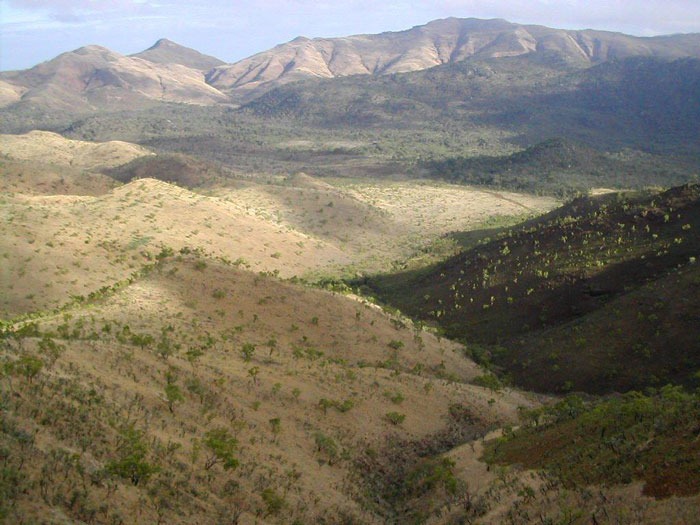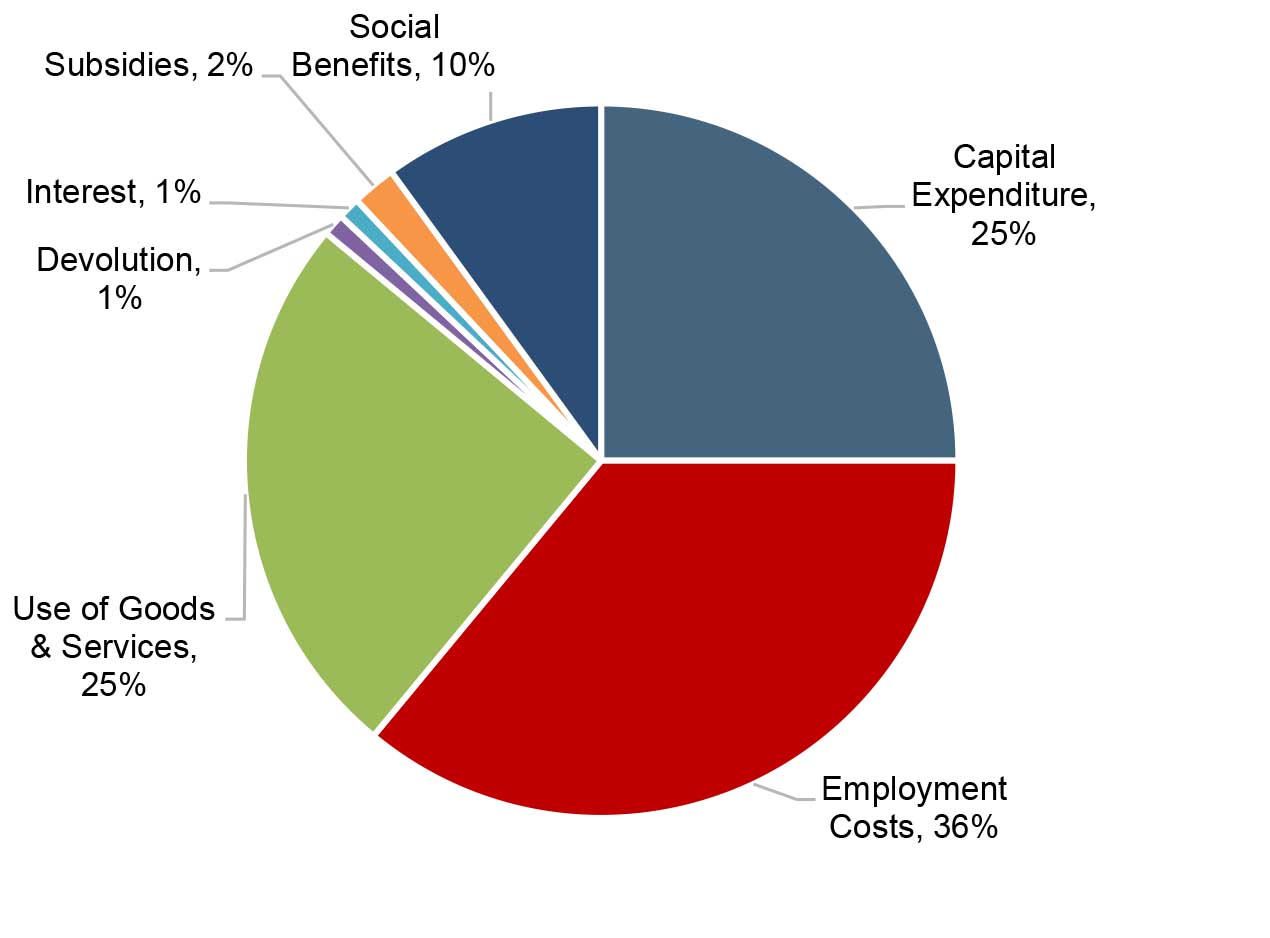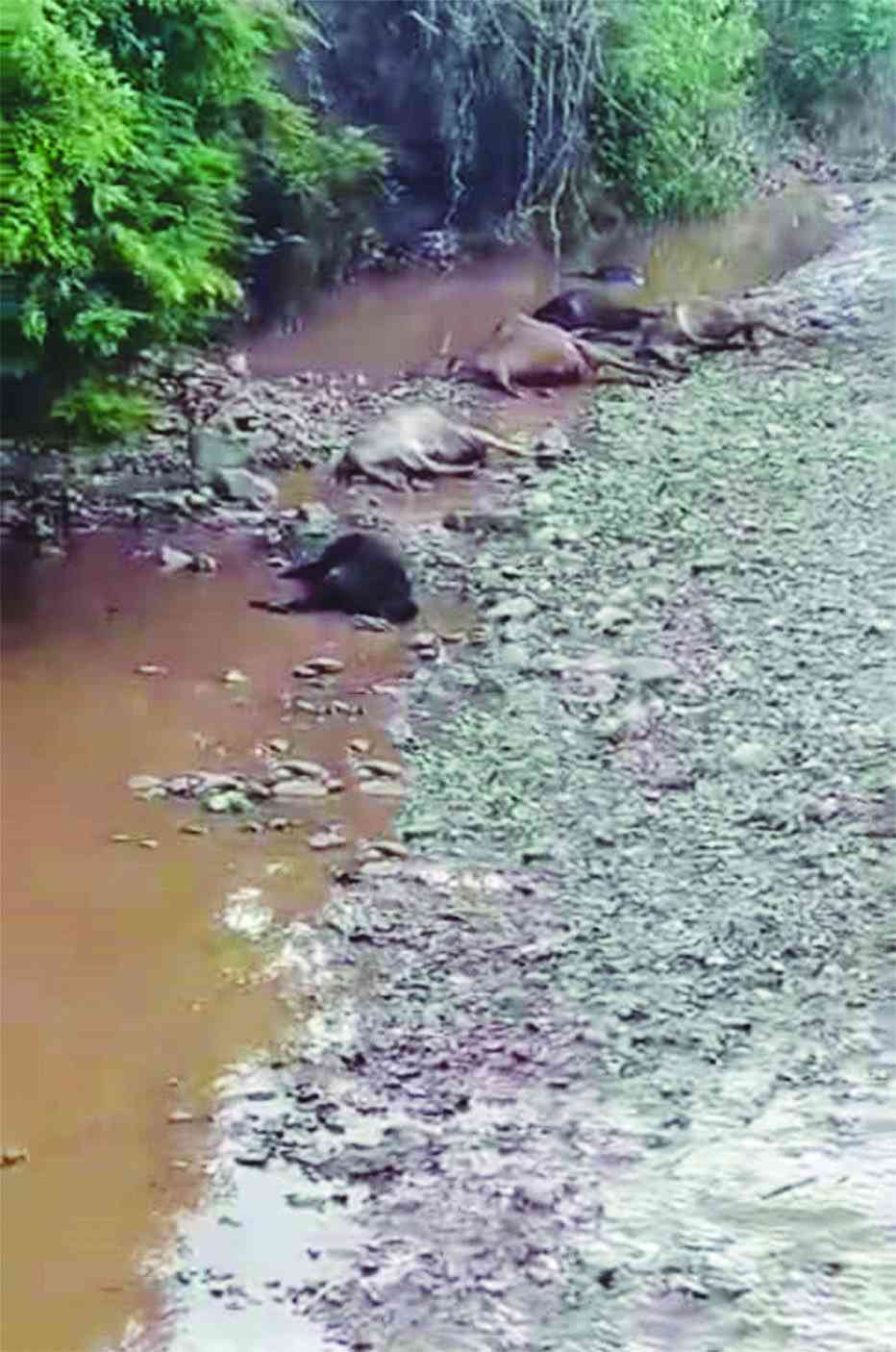
JULIA NDLELA CHINESE companies are defying a ban introduced last year to cease mining activities in the Mavuradonha Wilderness in Muzarabani region.
There are indications that despite a government order to cease all mining activities in the area pending consultations, Chinese miners have continued with operations at the expense of the sanctuary and livelihoods of the local community.
The Government Gazette, which set aside Mavuradonha Wilderness as a conservation area, was issued in September 1988 by then Local Government, Rural and Urban Development minister, the late Enos Chikowore.
The area, measuring 66 000 hectares, was declared a national monument in 2017, but alluvial chrome mining has become a threat to the sacred area.
Mavuradonha Wilderness area stakeholder George Seremwe told the Zimbabwe Independent that mining activities continue to affect wildlife and the livelihoods of the people living in the area who are dependent on the mountains for water.
“I am asking the Chinese miners to comply with the law of Zimbabwe on the ban and at the same time we would want them to respect our nature conservancy and heritage,” Seremwe said.
“They are making several attempts to do alluvial chrome mining which is cheap. All you do is collect and go without leaving any infrastructure behind, so we are against that.
“The Chinese should respect the laws of this country and desist from protected areas which are protected under an Act of Parliament and the Museum and Monument Act,” he added.
- Chamisa under fire over US$120K donation
- Mavhunga puts DeMbare into Chibuku quarterfinals
- Pension funds bet on Cabora Bassa oilfields
- Councils defy govt fire tender directive
Keep Reading
The Mavuradonha Wilderness and Mountains form the eastern part of the Zambezi Escarpment, rising over 1 000m above sea level and peaking at Banirembizi.
The Mavuradonha area is one of the richest in terms of mineral resources since it is where the Great Dyke geographically starts. Minerals found there according to the latest data from the Ministry of Mines Geological Survey department amongst others include, gold, platinum, nickel, uranium, gas and chrome.
“We have people who live in the valley and the mountains are the water source. If mining continues it will affect the livelihood of the lower Muzarabani area.
“There is a botanical reserve; there is a lot of wildlife that is trapped in the holes that they leave when they mine and our wildlife is threatened,” Seremwe said.
“These people come and destroy our heritage and nature, but we do not do the same in their countries. We respect the laws of China and they should also do the same with our laws.”
History has it that the area housed the grave of Nyatsimba Mutota, the Mutota Empire making the area sacred hence Seremwe says the locals are scared their mining and intentions will destroy their heritage.
According to wildzimbabwe.com the name Mavuradonha roughly translates as “Land of Falling Water” or simply “waterfalls”.
The terrain is extremely wild and rugged, with heavily-wooded granite outcrops contrasting with the bare, grass-covered slopes of the highly mineralised Great Dyke range.
Numerous streams and rivers rise in the mountains, flowing north to the Zambezi, sometimes cutting steep waterfalls in the rock as they make their way off the escarpment.
The ground is steep and rocky interspersed with winding elephant trails. In the east, the Musengezi River has cut a steep gorge through the mountains creating attractive scenery and magnificent hiking country.
Numerous cultural and historical sites are located in or near the area, including San rock art and the ruins of Mutota’s Kraal.
A museum of cultural history is being planned for the area, in order to underline and record the significance of the Mavuradonha.











